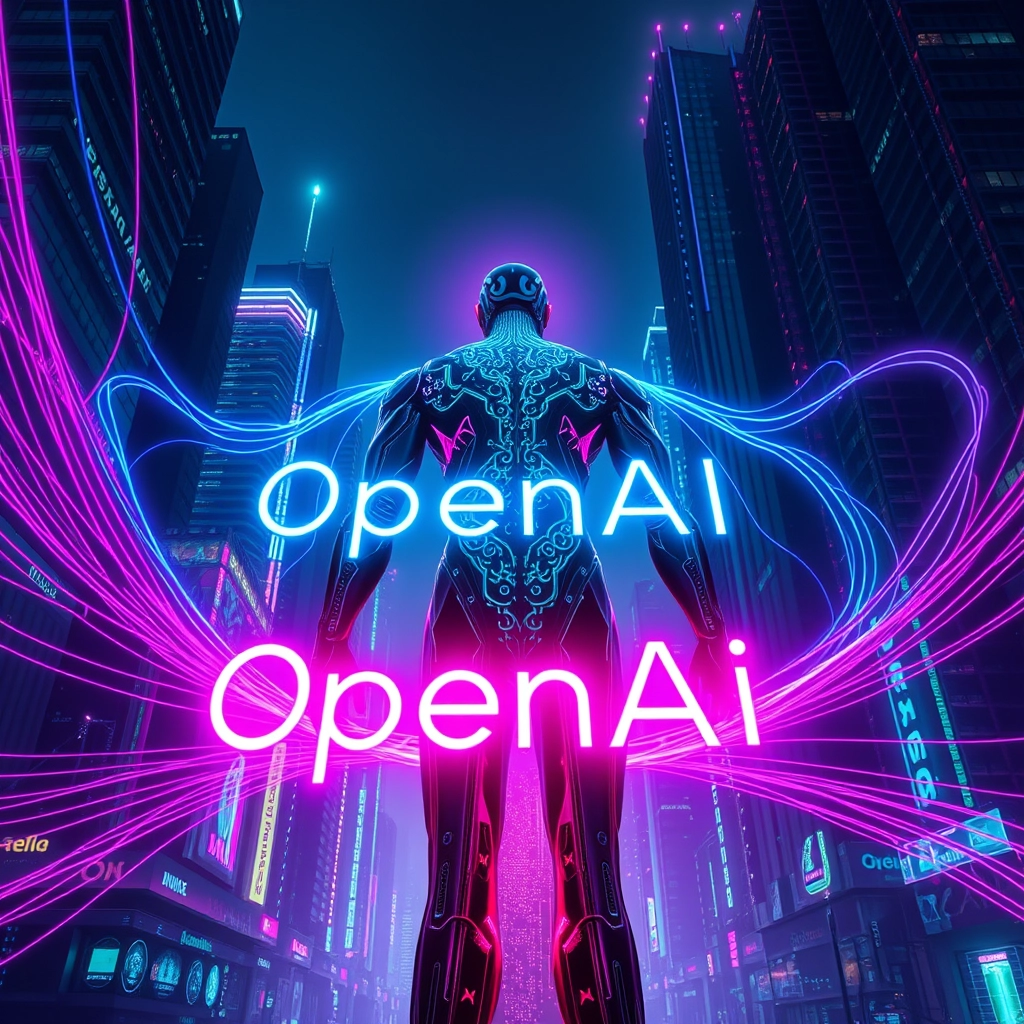On September 12, 2024, OpenAI released its latest O1 series models, marking a significant advancement in complex reasoning, scientific problem-solving, and coding capabilities. The O1 model builds on the foundation of its predecessor, GPT-4, with a focus on addressing sophisticated tasks. It has already demonstrated superior performance in several key benchmarks, particularly in the fields of mathematics and coding.
Core Features and Innovations
1. Multi-Step Reasoning
One of the most notable features of OpenAI O1 is its multi-step reasoning capability. The model is designed to engage in a "chain-of-thought" process, meaning it takes extra time to think through and break down problems before providing answers. This method has proven highly effective in tackling complex queries, such as those found in fields like scientific research, project management, and coding.
2. Inference-Time Computation
Another key innovation is inference-time computation, where O1 uses additional computational power during the reasoning process. This feature allows the model to produce more thoughtful and detailed responses, which is particularly useful in debugging, strategy, and code generation tasks. The O1 model is highly efficient in solving technical problems step-by-step.
3. Enhanced Performance in Mathematics and Coding
O1 has significantly outperformed GPT-4 in several areas, particularly in mathematics and coding. During testing, the O1 model achieved higher scores in complex mathematical challenges, including the International Mathematical Olympiad (IMO) qualification exams, where it excelled beyond GPT-4. Additionally, in coding competitions, O1 and O1-mini reached the 89th percentile on Codeforces, placing them near the top human performers in programming tasks.
Real-World Applications
OpenAI O1's capabilities are already being harnessed across multiple industries:
- Business Automation: Companies are utilizing O1 to automate tasks such as customer support, advanced code generation, and workflow management. This increased efficiency makes O1 an ideal tool for businesses aiming to streamline complex processes.
- Mathematical and Scientific Research: Researchers can now solve intricate mathematical problems and process scientific data more quickly and accurately using O1, enhancing their ability to draw actionable insights.
- Software Development: The O1 model provides developers with a powerful tool for debugging and optimizing codebases, reducing the need for manual intervention and enhancing productivity.
O1 Variants: O1 Preview and O1 Mini
To accommodate different needs, OpenAI has introduced two variants: O1 Preview and O1 Mini. O1 Mini is specifically designed for smaller projects, providing efficient performance for less computationally intensive tasks, making it a more cost-effective option for basic operations.
Impact on Coding Careers
As O1 pushes the boundaries of AI capabilities in coding, it raises concerns about its potential impact on the profession. With O1 demonstrating coding proficiency comparable to top human programmers, some professionals are worried about AI replacing human jobs in this space. OpenAI’s CTO, Mira Murati, has acknowledged that while AI creates new opportunities, it may also render some traditional coding roles redundant. If O1 can consistently pass engineering interviews with a 90-100% success rate, companies might reevaluate their reliance on human engineers.
Changes in Prompt Engineering
The release of O1 also brings changes to prompt engineering. Previously, users had to explicitly instruct the model to follow a "chain-of-thought" approach. However, with O1, this process is now built into the model’s architecture, allowing users to simplify their prompts while still receiving high-quality, logical responses. This has streamlined the interaction between users and AI, making it more efficient to generate precise outputs.
Chat O1: A Powerful Tool for Leveraging OpenAI O1
For those looking to fully utilize OpenAI O1’s capabilities, Chat O1 is a highly recommended tool. Chat O1 is designed to support OpenAI O1 and allows users to interact with the model through an intuitive interface. It is especially useful for businesses and developers who need to tap into O1's enhanced reasoning and coding skills for complex tasks, such as project management, code generation, and problem-solving.
Conclusion
OpenAI O1 is a major leap forward in AI technology, offering groundbreaking improvements in multi-step reasoning, coding, and complex problem-solving. Its ability to outperform previous models in mathematics and programming positions it as a powerful tool in industries such as research, software development, and business automation. The model’s integration with tools like Chat O1 further enhances its usability, providing professionals with a robust platform to tackle sophisticated tasks efficiently. As AI continues to evolve, O1 sets a new standard for how we engage with machine intelligence, while also reshaping industries and prompting new discussions on the future of work.
